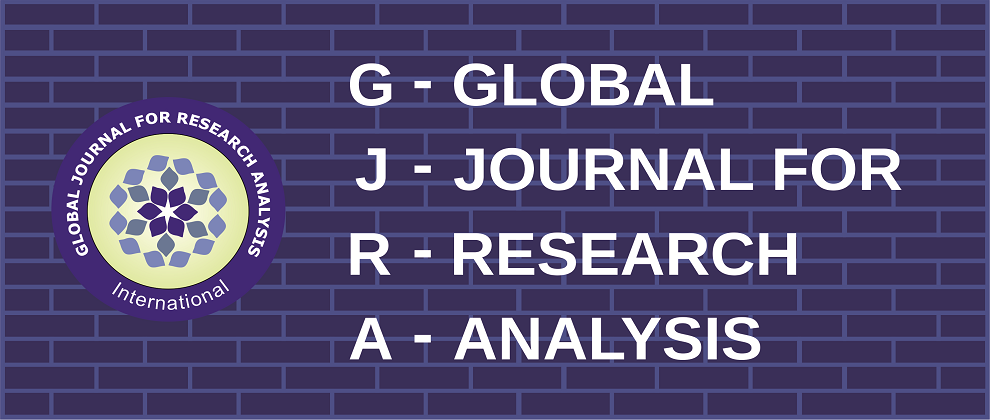Volume : 5, Issue : 12, December - 2016
A clinical study of menstrual disturbances in female medical students
Dr Satish Kumar P Kagwad, Dr Shashikala C K, Dr Suraj S Kagwad
Abstract :
<p> <b><span lang="EN-IN" style="font-size:12.0pt;line-height:200%">Introduction</span></b></p> <p class="MsoNormal" style="line-height:200%"><span lang="EN-IN" style="font-size: 12.0pt;line-height:200%">Menstrual abnormality in young adults could be due to organic cause or related to psychological factors, like stress, anxiety and hormonal causes. Irregular and heavy bleeding can cause disruption to women’s personal and professional lives. Menstrual disorders frequently affect the quality of life of adolescents and young adult women, especially those who suffer from dysmenorrhea and heavy menstruation. Such disorders have non- health problems as well, as limitations on attendance at work and school /college which hinder academic achievements. This study aimed to see the frequency of different menstrual disorders in medical students and their association with lifestyle, psychological stress and college absenteeism.<o:p></o:p></span></p> <p class="MsoNormal" style="line-height:200%"><b><span lang="EN-IN" style="font-size:12.0pt;line-height:200%">Methodology<o:p></o:p></span></b></p> <p class="MsoNormal" style="line-height:200%"><span lang="EN-IN" style="font-size: 12.0pt;line-height:200%">A cross sectional prospective study was conducted at Bangalore medical college and research institute on 100 female medical students. Details of menstrual history including age at menarche, average length of menstrual cycle, duration of flow, passage of clots during menses, presence of dysmenorrhoea or any preceding symptoms like headache, weight gain, water retention, mood swings and irritability suggesting premenstrual symptoms were also collected from the individuals.<o:p></o:p></span></p> <p class="MsoNormal" style="line-height:200%"><b><span lang="EN-IN" style="font-size:12.0pt;line-height:200%">Results<o:p></o:p></span></b></p> <p class="MsoNormal" style="line-height:200%"><span lang="EN-IN" style="font-size: 12.0pt;line-height:200%">The mean age of the participants was 21.8 years with reported mean menarche age of 13.8 years. 78% of students were suffering from dysmenorrhea. Of the students experiencing dysmenorrhea, 66.6% had severe pain. Most of them reported abdominal pain that extended to the thighs which warranted absenteeism from the classes usually or sometimes (10% and 40%% respectively). Oligomenorrhoea with irregular cycles was reported in 24.0 % of students and polymenorrhoea with irregular cycles was experienced usually or sometimes by 20 % of students respectively. 4.0% of student reported very light menstruation (< 1 pad daily) and 24 % had heavy bleeding (= 5 pads daily). 64% of the students were having premenstrual symptoms. Of those who suffered from PMS, 98% reported that the signs usually disappeared with the beginning of menstruation and 60.0% and 34% reported that the symptoms usually and sometimes reduced their daily activity respectively.<o:p></o:p></span></p> <p class="MsoNormal" style="line-height:200%"><b><span lang="EN-IN" style="font-size:12.0pt;line-height:200%">Conclusion<o:p></o:p></span></b></p> <p class="MsoNormal" style="line-height:200%"><span lang="EN-IN" style="font-size: 12.0pt;line-height:200%">Prevalence of menstrual problems in medical students is high. Working ability is reported to be affected by this cause.<b><o:p></o:p></b></span></p>
Keywords :
Article:
Download PDF Journal DOI : 10.15373/2249555XCite This Article:
Dr Satish Kumar P Kagwad, Dr Shashikala C K, Dr Suraj S Kagwad, A clinical study of menstrual disturbances in female medical students, Global Journal For Research Analysis,Volume : 5 | Issue : 12 | December 2016


 MENU
MENU

 MENU
MENU

